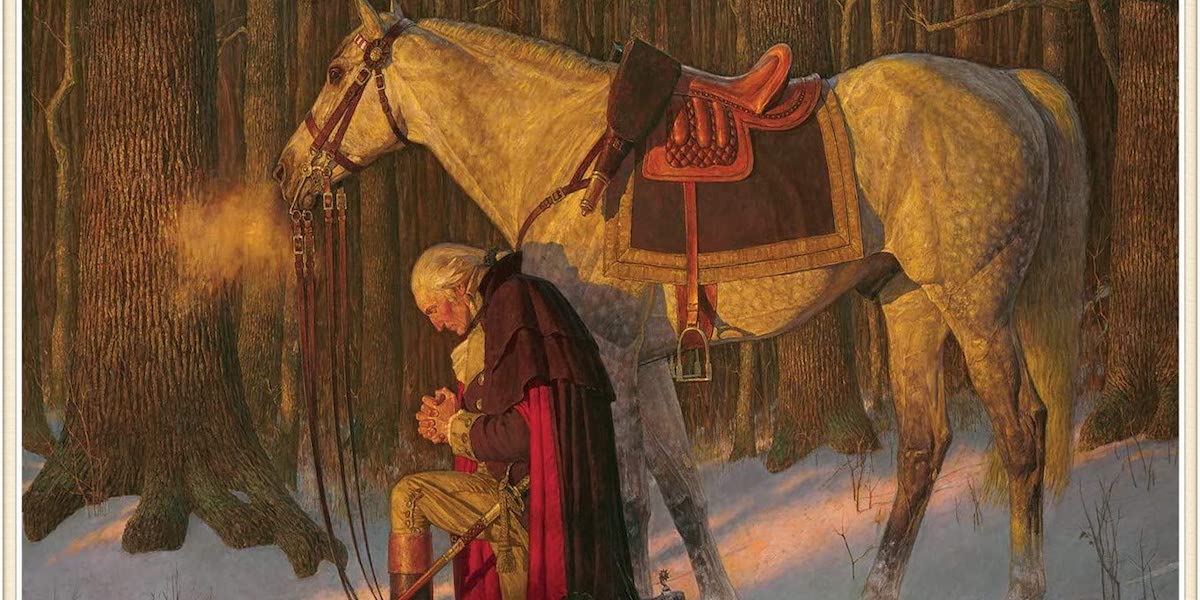
“Mathematics is the language in which God has written the universe.” – Galileo Galilei
What is the Fibonacci number sequence?
While recording patterns in the breeding of rabbits, 12th-century Italian mathematician Leonardo Pisano Fibonacci was the first man to observe what is now known as the Fibonacci number sequence, a series of numbers inscribed throughout our world.
Here’s how it works: beginning with zero and one, the sequence continues ad infinitum with the sum of the two preceding numbers: 0, 1, 1, 2, 3, 5, 8, 13, 21, 34, 55, 89, etc. Guess what? We see these numbers in all spheres of creation, both as simple, repeating patterns and as ratios and shapes. In other words, the Fibonacci number sequence is a clear mark of the Designer that we can see shaping the nature surrounding us.

How do I teach my child about it?
Let’s bring this down to earth – literally. If you take your children to your backyard flower bed, they’ll see the pattern of Fibonacci numbers immediately. Why? Because it’s found in the arrangement of flower petals across several species! A lily typically has three petals, while a yellow violet has five and a delphinium eight. Each of these numbers is included in the Fibonacci pattern. The sequence continues with mayweed, which has thirteen petals, and aster, which has twenty-one. The pyrethrum flower has thirty-four 12th-century, helenium has fifty-five, and the Michaelmas daisy has eighty-nine. Are you sensing a pattern yet? All of these petal arrangements follow the Fibonacci sequence, creating designs beautiful in their ordered perfection and revealing the fingerprint of God.
We find a similar pattern in the pinecone’s seed-bearing scales. The scales grow outward from the cone in a spiral arrangement. If you were to give your children a pinecone and ask them to compare the number of clockwise spirals to the number of counterclockwise spirals, they would almost always find a resulting set of successive Fibonacci numbers. The typical pinecone is formed with thirteen spirals in one direction and eight in another, both claiming a numeral in the Fibonacci sequence and together forming what is known as the golden ratio of 13:8.

Where Else Do We See the Fibonacci Sequence?
The Fibonacci pattern’s application in the sphere of botany extends even further, to the study of phyllotaxis. Phyllotaxis is a word that simply means the arrangement of leaves around a stem. If your children were to measure a plant stem with a tape measure or thread, noting the fraction of stem circumference from one leaf to the next, they would find the pattern. For example, in the elm, the arc from one leaf to the next is one-half of the stem circumference; in both the beech and hazel, it’s one-third. In each case, the resulting fractions are forms of Fibonacci numbers. Likewise, this arc is two-fifths of the stem circumference in apricot and oak trees, three-eighths in pear and poplar trees, and five-thirteenths in almond trees and pussy willows.

Why Does the Fibonacci Sequence Matter?
Instead of merely making an interesting arrangement, this sequence is necessary for the health of the plant. The pattern allows each leaf to receive maximum exposure to sunlight and air without depriving another leaf of needed light or space. The Fibonacci design plays an essential role in the biosphere, integral not only to beauty but to life itself.
Several other examples of this sequence are found in snails, ferns, wild sheep horns, pineapples, mollusks, and artichokes. Far from coincidental counting, this progression forms a foundational layer in the life of creation. Each reflection of the Fibonacci pattern in nature indicates a clear mark of numerical order and truth that shapes the beauty of this world and reveals the glory of its Designer.
So it is that we see the fine details of creation through the simple, extraordinary work of 1, 2, 3. As Euclid wrote, “The laws of nature are but the mathematical thoughts of God.”

Want More Creation Science?
Learn more about God’s amazing design from one of the world’s top creation scientists. Devotional Biology will give you and your students an inside look at life and all the amazing ways it communicates God’s order and design.











